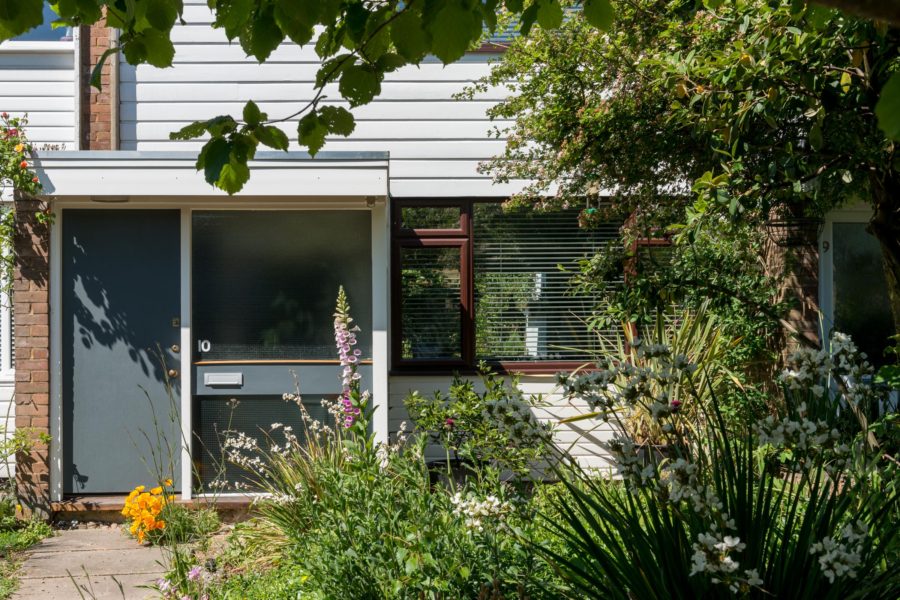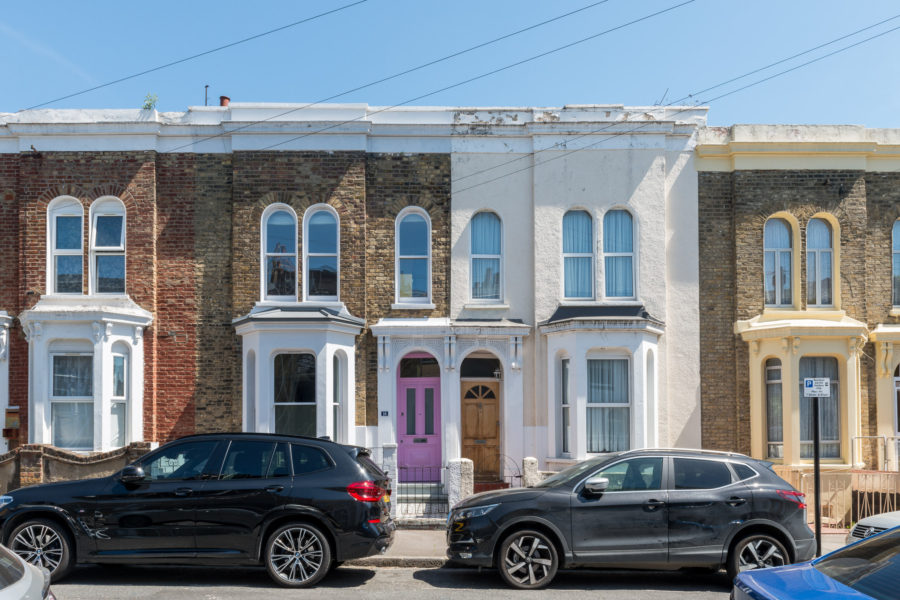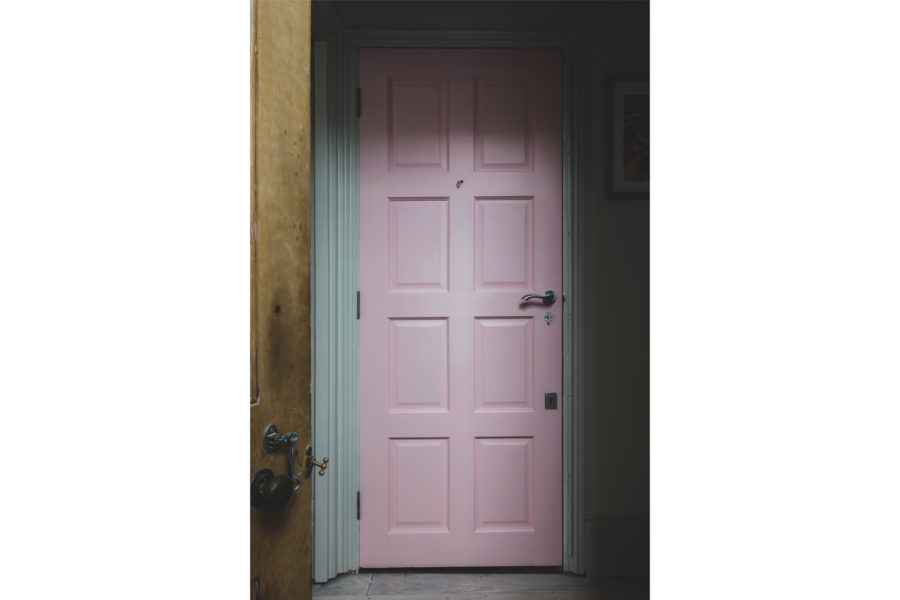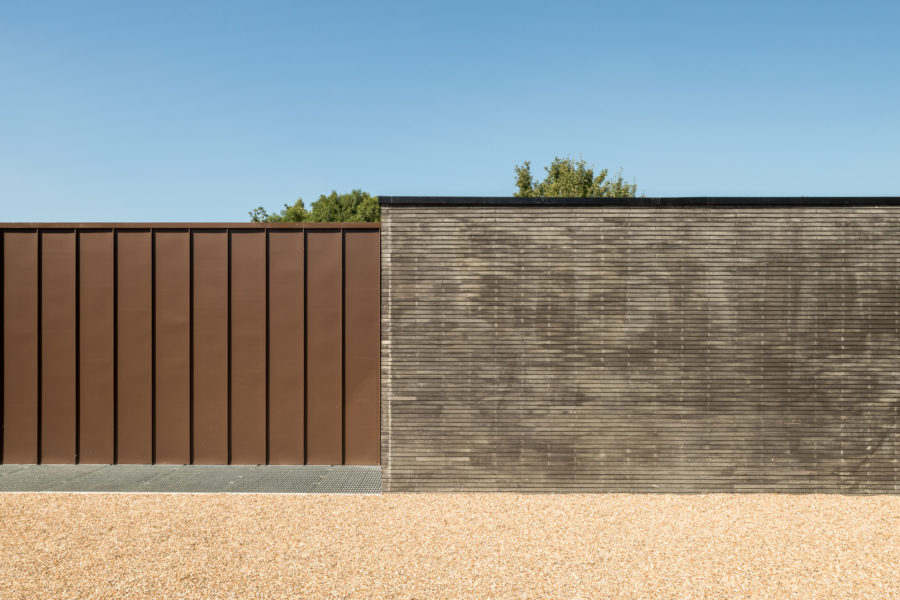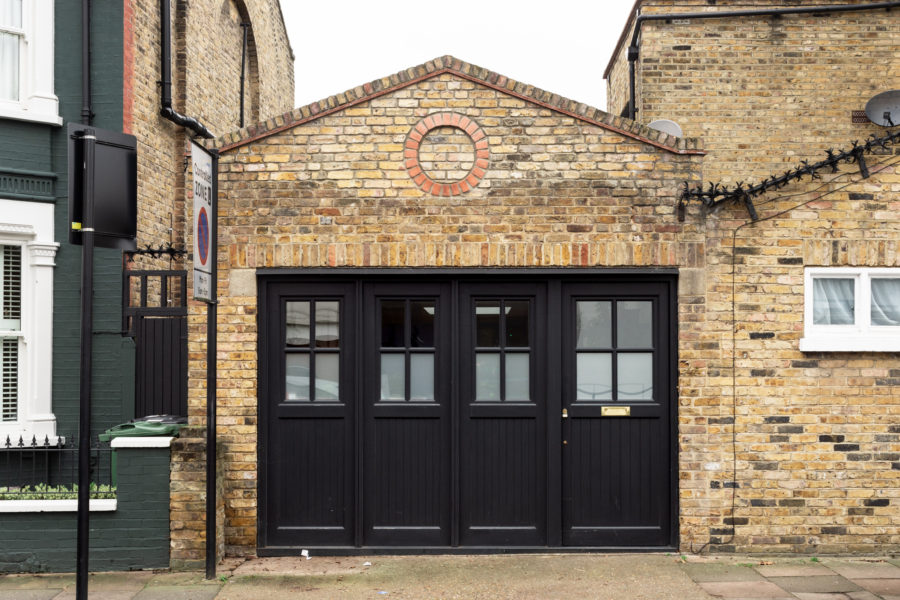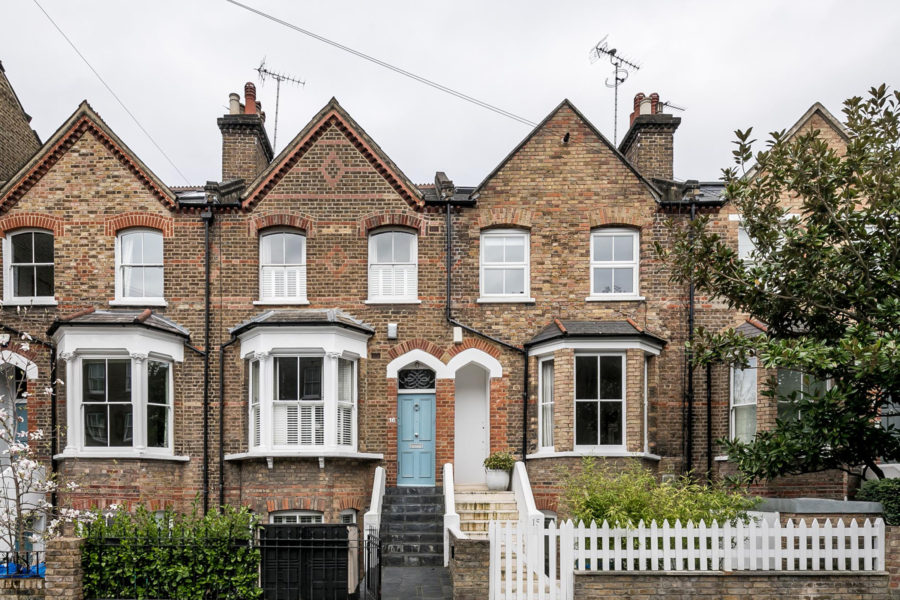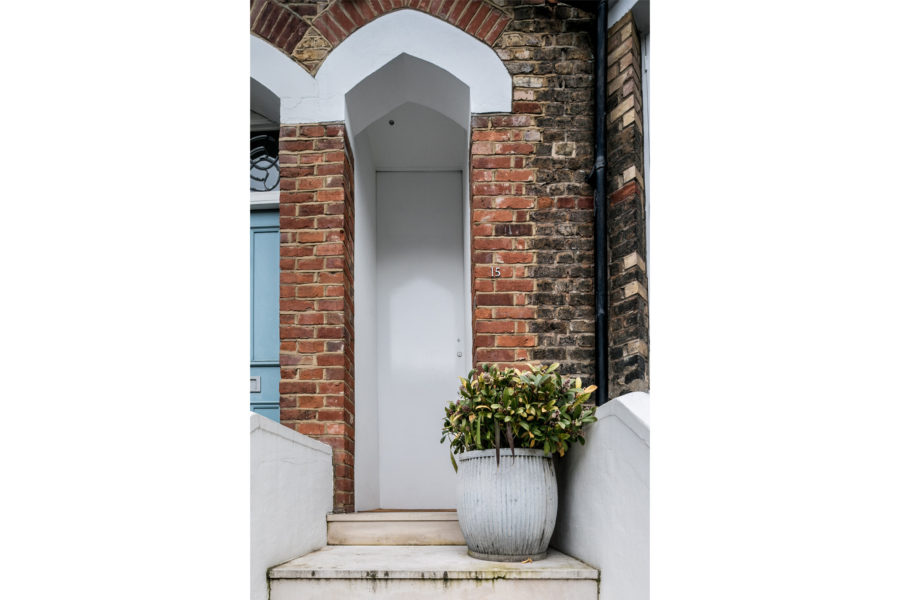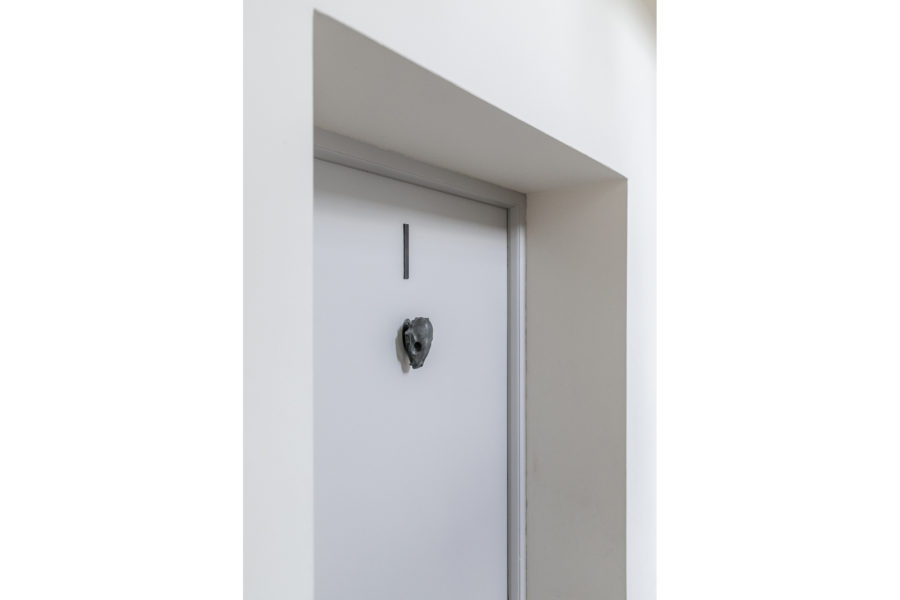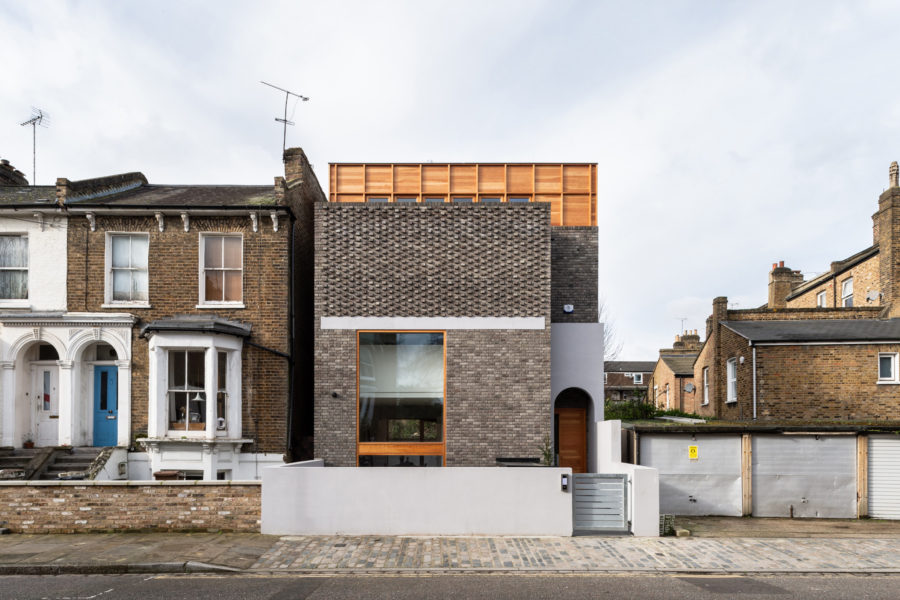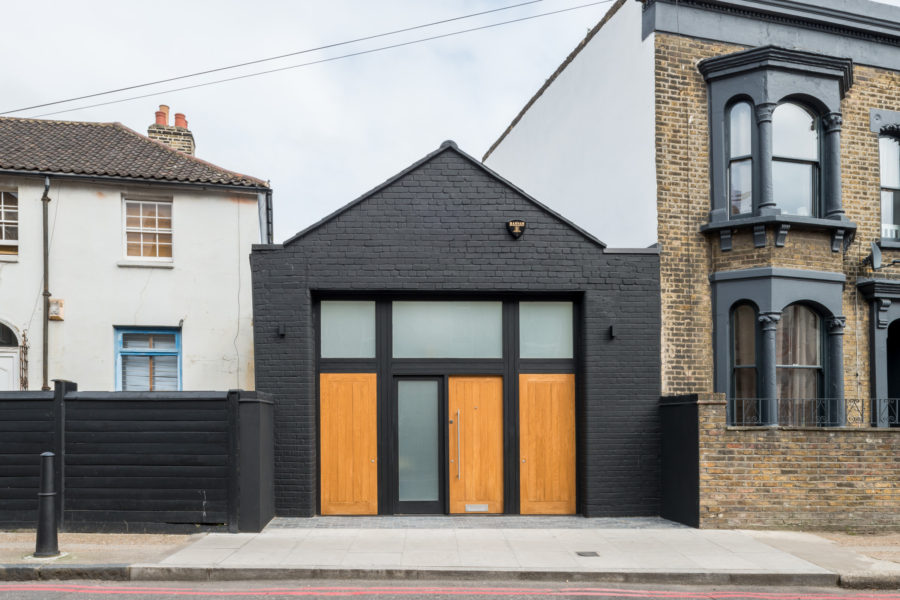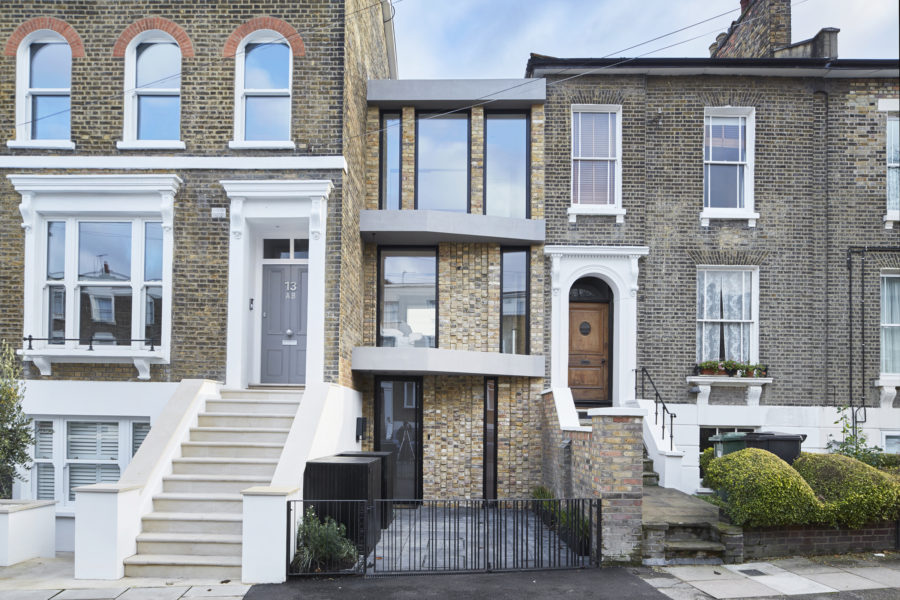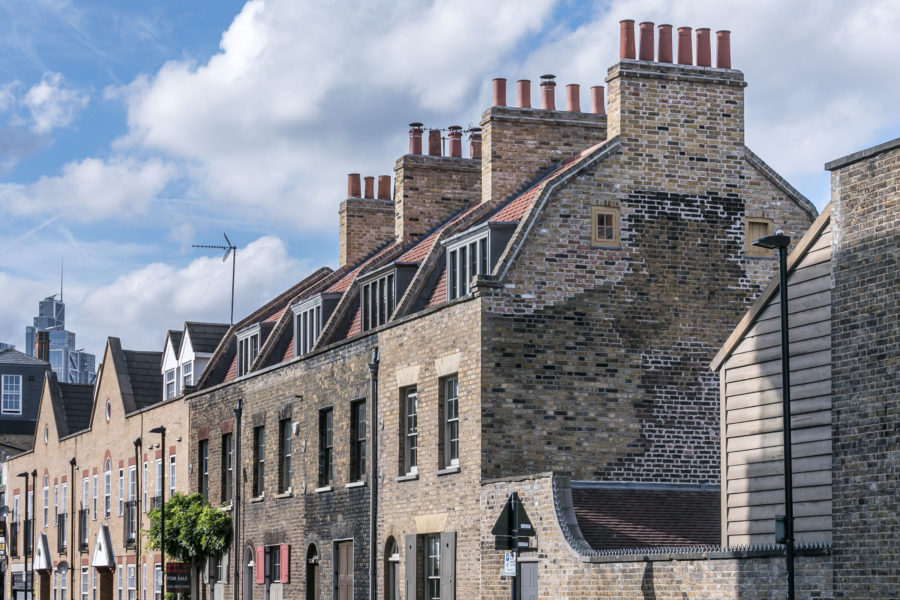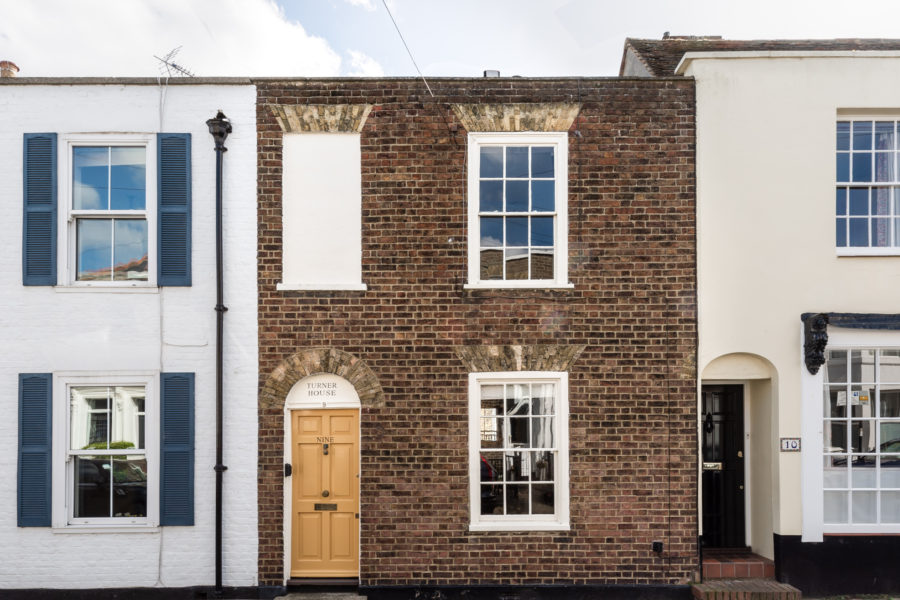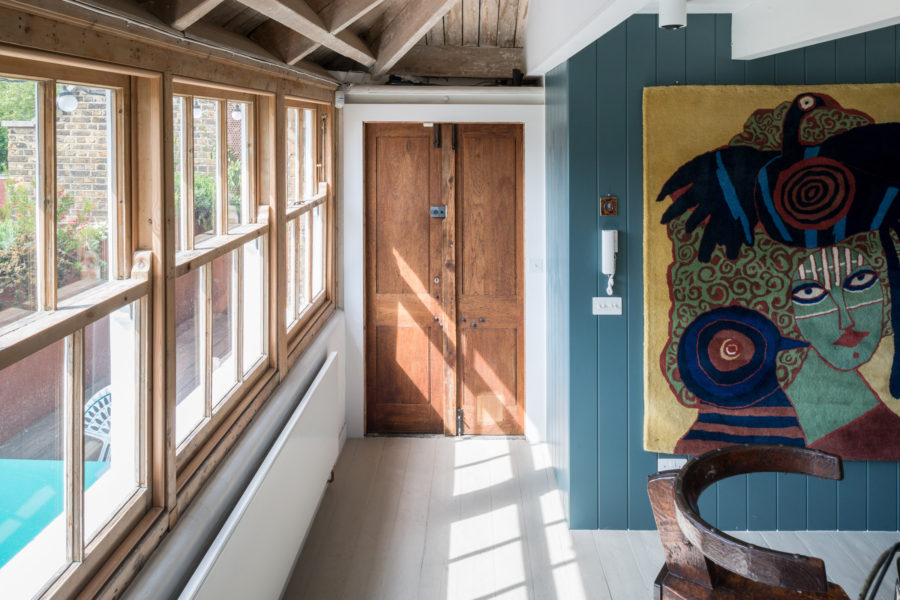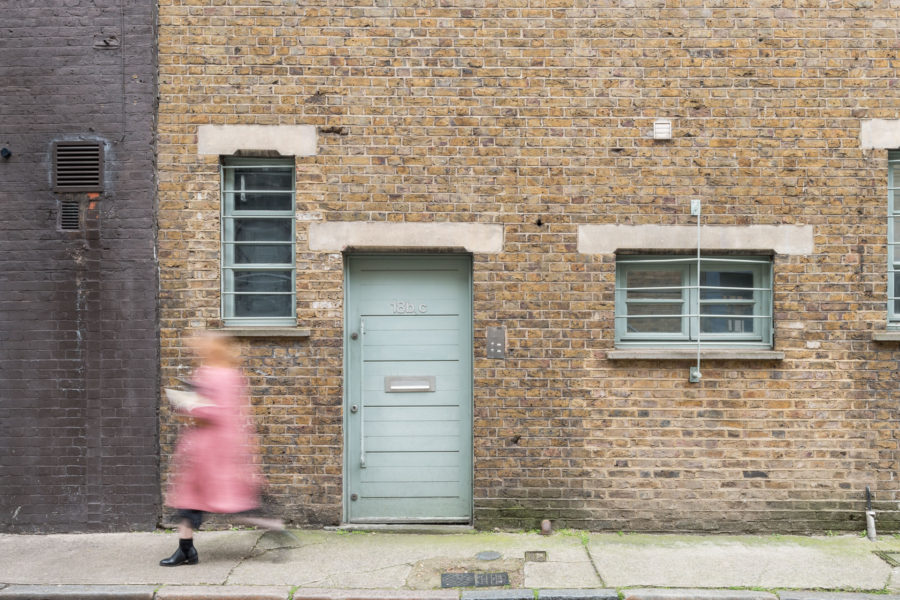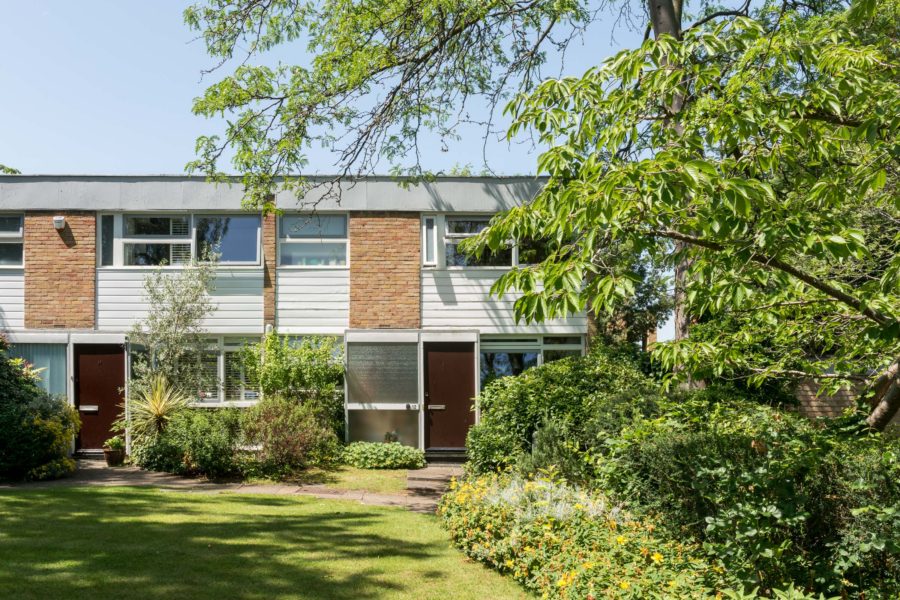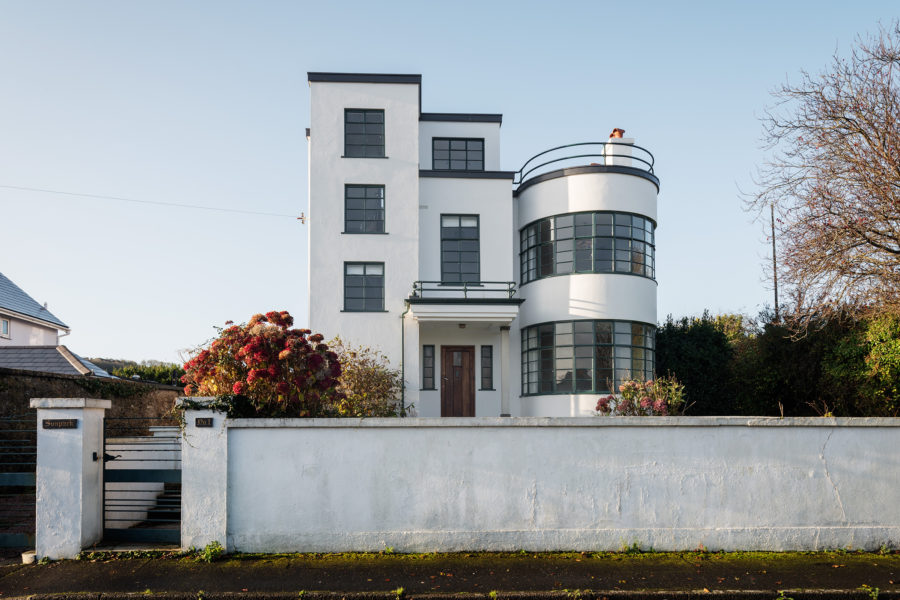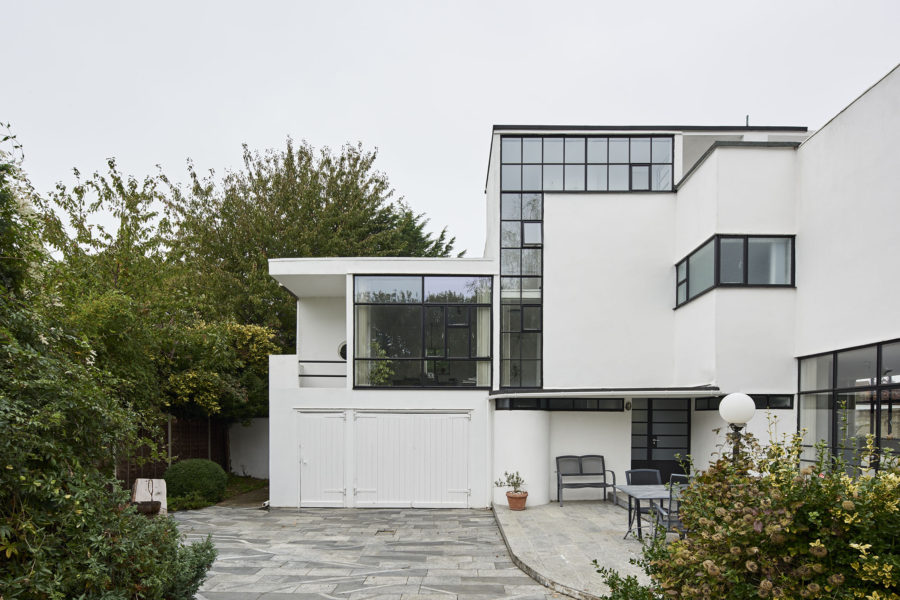Make an Entrance: the best front door ideas for your home

If door handles are the handshake of a building, front doors are their smiles (or frowns?). A pastel-painted door to a bijou Victorian cottage seems to beckon its visitors in with gleeful blandishment. A discreet opening in a Béton brut expanse? Oh hello, Mr Serious. Make sure your house’s body language is saying what you want it to by turning to these examples of the best front door ideas for your home – come on in.
Reap what you sow
If your front door is approached via a front garden, see the enviable extra outdoor space as a horticultural world of possibility. A few pots, perhaps, as Paul West, owner of this two-bedroom Victorian flat on Farleigh Road, has done. With steps descending to a basement-level front door, a melange of ornamental grasses and shrubs makes use of the south-facing sun trap and enlivens the approach.
Or go bigger, like at the Hyndewood in south-east London, where a woodland-inspired front garden buffers the 1960s house from the street with a mix of trees and wildflowers, like foxglove. And, if you have the time, patience and auspicious conditions, go for the undisputed champ of entranceway plants: wisteria. See the aptly named Wisteria House for #wisteriagoals.
Golden opportunity (or any other colour)
A front door is a veritable blank canvas: you can paint it any colour you please (within reason); the main caveat to that is if your building is listed, special permission might be needed.
May we first suggest a shade of pink? It seems to be having a bit of a moment if this beautifully refurbished Victorian terrace in Hackney is anything to go by. Oh, and our Commercial Operations Director, Rosie Falconer, recently shared images of the freshly painted pink door at her flat in Highbury in her lockdown story.
If pink is too much of a statement for you, there’s still a whole spectrum to explore. Red has been the shade of choice for this converted Oast House in Kent, and this flat in a Victorian townhouse in Dulwich – both have a commendable boldness about them. Yellow, too, can make quite the impression, especially when of the buttercup variety and set against dark colours, like at this black brick and wood-clad house on the coast in Broadstairs, Kent.
Covert operation
For the introverts among you, look to these hidden-away entrances that seem to ask for a bit of privacy. In Streatham, architect Rafael Borrego conceived a sunken courtyard house behind a long brick and zinc facade, which hides the front door and the generous volumes beyond it. Not far away in Clapham, Sophie Harris-Taylor and her partner Misha moved the access to their Victorian ground floor flat to a converted garage at the rear, creating an unassuming portal into the light-filled space.
And we love how the front door to this Grade II-listed pile on Mare Street is shoved over to the side by the classical grandeur of the Georgian façade, to the effect that it’s not immediately apparent how to get in.
Minimal fuss
A sub-genre of the covert option is the less-is-more approach. Take inspiration from the master of minimum, John Pawson, who installed his trademark strip-down to this outwardly Victorian house in Notting Hill in the early 1990s, leaving a suggestion of the pared-down interior with an unadorned white front door, a statement of intent when seen next to its traditional neighbour.
And at this fellow Victorian home in Winchester, designer Faye Toogood has installed a cast bronze skull door knocker below the front door number, which takes a befittingly minimal typeface. Not the friendliest of welcomes, you might say, but the start of a conversation, at least.
Sign of the times
If you’re designing your house from scratch, adding a new extension with a front door, or just want to spruce up your entranceway, take inspiration from the latest in front door designs. At this striking new addition to the Victoria Park Conservation Area, Lynas Smith architects marked the entranceway with an arched portico that takes cues from its Victorian neighbours to sensitive effect.
Over in Bow, this ingenious living space in a former mechanic’s garage is fronted by black-painted bricks and industrial-style wooden doors which are part frosted, feeding bonus amounts of light into the space. A similar tact has been taken in New Cross, where Selencky Parsons architects installed a glazed front door to this former coach house, illuminating the lobby’s built-in oak furniture and storage come late afternoon light thanks to its west-facing position.
Tradition dictates
A thorough renovation to an old home is not complete without a worthy entrance, as historical paint expert Pedro da Costa Felgueiras knows well. The founder of Lacquer Studio saved his Georgian house in Whitechapel from a state of disrepair, sensitively reimagining the spaces with panelling, cabinetry and fine paintwork throughout, which extends to the handsome front elevation, complete with shutters and a traditional front door.
Over in Wales, a 17th-century stone cottage makes a befittingly rustic greeting, complete with a horseshoe over the muted sage-painted front door and vintage overhead lamp – it’s the picture of countryside charm. And in Deal, an 1831 terrace has a quiet Georgian elegance about it thanks to large sash windows and lettering in a classical serif font.
Work with what you’ve got
We’ve saved the most salient piece of advice for the end: if it ain’t broken, don’t fix it. Whether you have an old warehouse in Clerkenwell, a flat in the Barbican, an industrial space in Bermondsey, a mid-century Span house, or an early work of modernism by the sea (see Sunpark and The Saltings), the best design decision you can for your door, perhaps, is to leave it exactly how it is.


